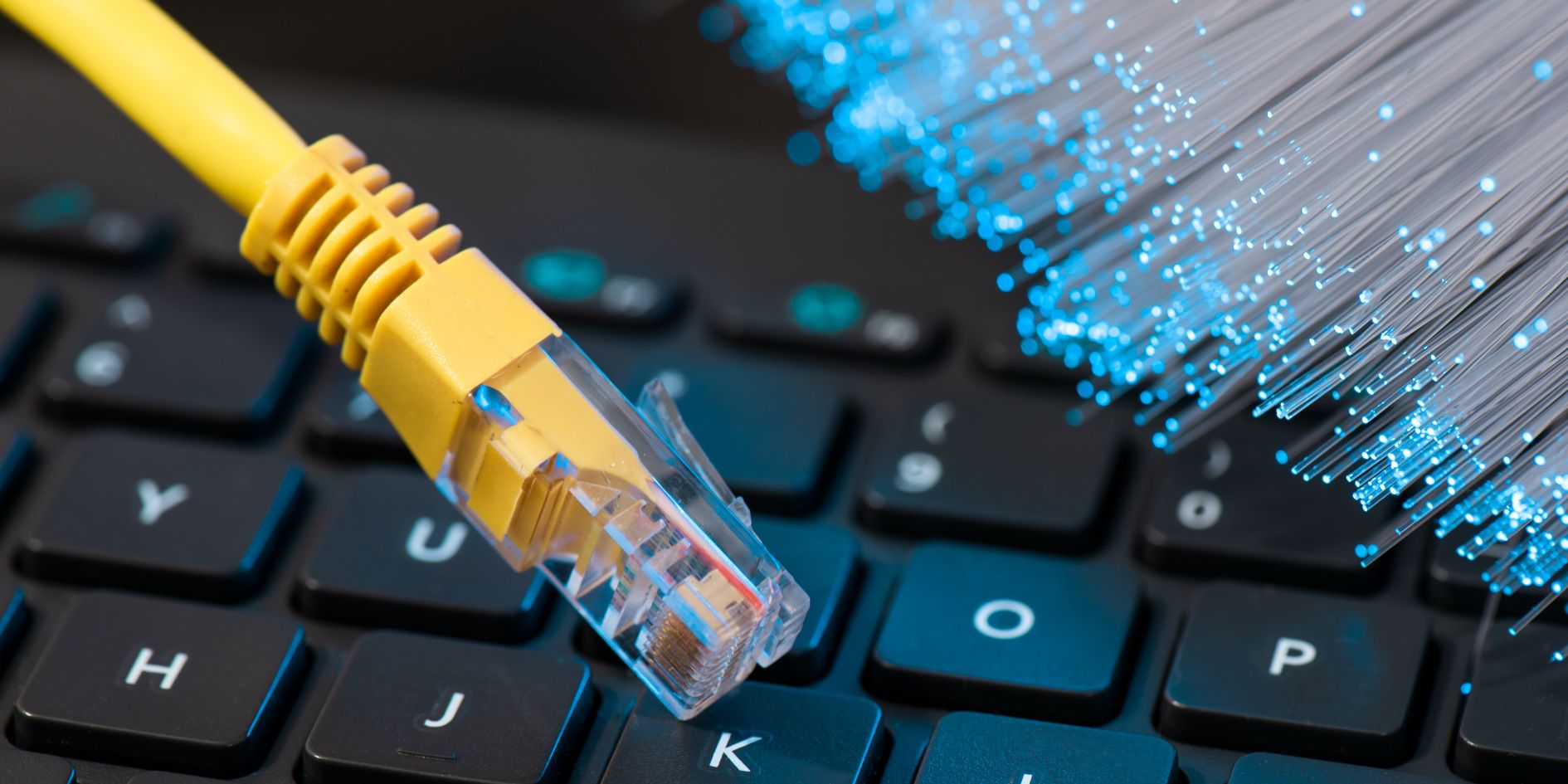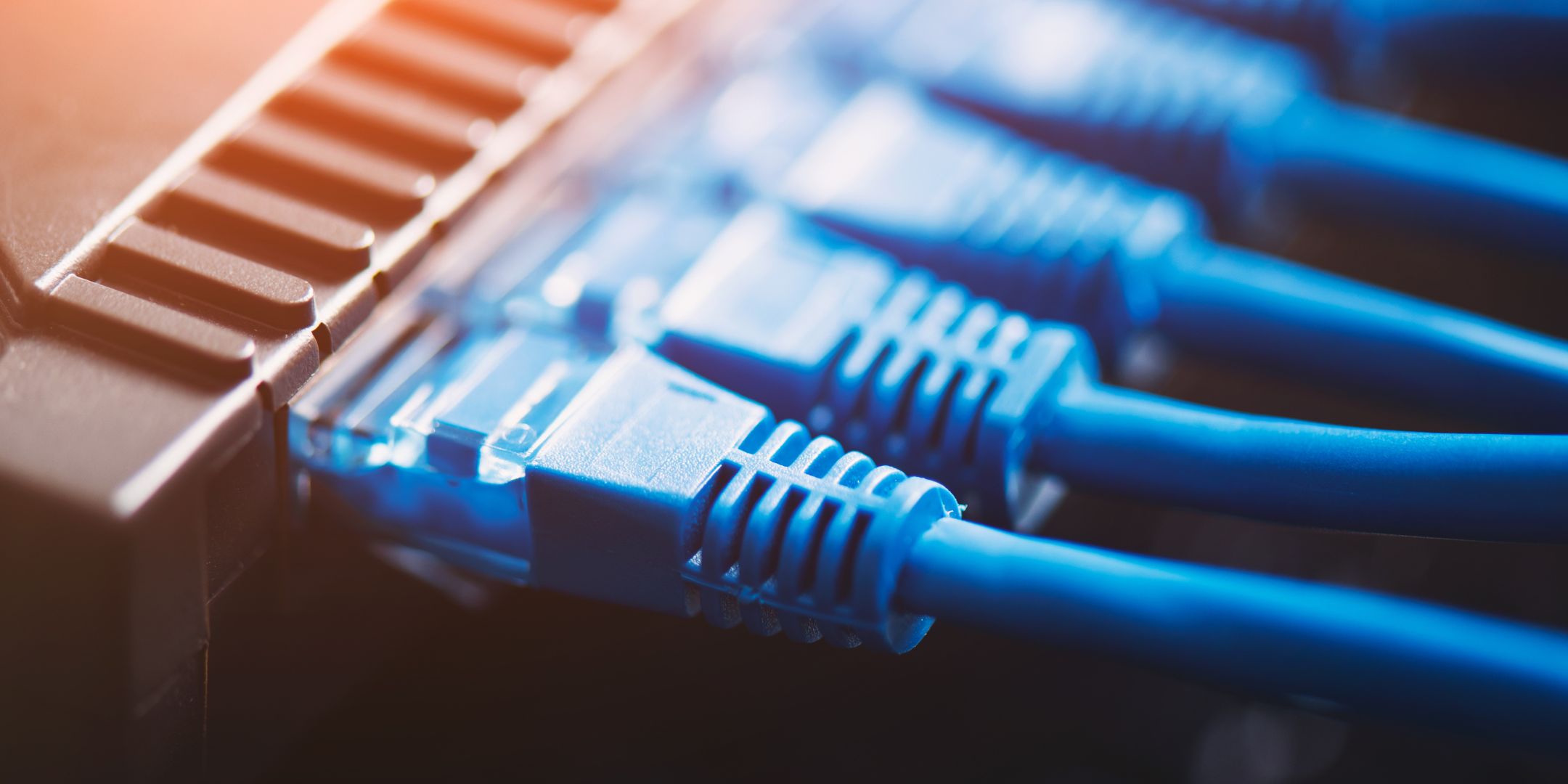Graphics processing units (GPUs) are critical components in many modern computers, powering everything from high-end gaming to complex data processing. However, these powerful devices generate substantial heat, impacting their performance and lifespan and even causing damage if not properly managed. It is thus critical to understanding GPUs’ safe temperature thresholds and ways to keep them within those limits!
This article will answer the question, “How hot is too hot for a GPU?” and provide a detailed guide on managing GPU temperatures. We will cover safe operating temperatures, ways to identify if a GPU is overheating, and best practices for keeping optimal temperature levels.
Whether you’re a serious gamer or want to ensure your computer runs smoothly, understanding how to manage your GPU’s temperature thresholds is essential. By following the tips and guidelines in this article, you can optimize your GPU’s performance and avoid the risks associated with overheating.
Whether you’re a hardcore gamer or want to ensure your computer runs efficiently, understanding how to manage your GPU’s temperature thresholds is critical. Following the tips and guidelines in this article can optimize your GPU’s performance and avoid the risks associated with overheating.
Safe Operating Temperatures for GPUs
GPUs are designed to function within a specific temperature range and can sustain damage if operated beyond that. The safe operating temperatures can differ based on the GPU model, but most work best at temperatures between 60°C to 85°C.
Monitoring your GPU’s temperature levels frequently is essential to ensure they are working within safe limits. Many software programs help you monitor your GPU’s temperature levels in real time.
If your GPU runs at temperatures higher than the safe operating range, it’s essential to cool it down. This may include cleaning up internal computer components, ensuring proper airflow and ventilation, and upgrading cooling systems if necessary.
Identifying When a GPU is Too Hot
One of the best ways to identify if your GPU is getting too hot is by monitoring its temperature levels using a software program. As mentioned earlier, you can find various software programs that allow you to monitor your GPU’s temperature in real-time.
Along with temperature monitoring, other signs may indicate that your GPU is too hot. These can include:
- System crashes or freezes during gaming or other GPU-intensive tasks
- Artifacts or visual glitches on your screen
- Unusual fan or cooling system noises
If you find any of these signs, taking immediate action to reduce your GPU’s temperature is important. Using your GPU when running too hot can cause permanent damage to your hardware and affect its performance.
What Causes High GPU Temperatures?
Various factors, such as poor ventilation to intensive gaming sessions, likely cause high GPU temperatures. The most common causes of high GPU temperatures are mentioned below:
- Poor Ventilation: Poor ventilation is among the most common causes of high GPU temperatures. If dust or debris clogs your computer case, it can prevent proper airflow and cause your GPU to overheat. Similarly, if your computer case does not have enough fans or the fans are not spinning at the correct speed, this can also lead to overheating in your GPU.
- Intensive Tasks: Graphics-intensive tasks such as gaming, video editing, and 3D rendering may cause your GPU to heat up. If your computer is not properly ventilated or your GPU lacks sufficient cooling capacity, it may lead to overheating.
- Overclocking: Overclocking increases your GPU’s clock speed to achieve better performance. This can lead to better performance in some cases, but it also causes your GPU to produce more heat than it is designed for. If you overclock without adequate cooling, your overclocked GPU will likely experience overheating and possibly hardware damage.
- Dusty Environment: Living in an environment with poor air quality or having your computer placed in a dusty area can lead to overheating your GPU. Dust and debris might accumulate on the heatsink and fans of your GPU, preventing proper airflow and causing it to overheat.
- Old Thermal Paste: The thermal paste that transfers heat from your GPU to its heatsink may lose some of its efficiency over time. Your GPU may overheat and perform worse if the thermal paste is old or dried up.
Understanding the common causes of high GPU temperatures can help you take steps to avoid overheating and keep your system running smoothly.
Ideal GPU Temperature While Gaming
While gaming, your GPU is put under a heavy load, heating up more than during regular use. It is important to monitor the temperature levels of your GPU while gaming and ensure that it’s operating safely within limits.
Most GPUs are designed to operate at temperatures between 60°C to 85°C, but it is recommended to keep your GPU temperature below 80 °C when gaming for optimal performance and longevity.
To help keep your GPU cool during gaming sessions, here are some tips:
- Ensure proper airflow and ventilation: As mentioned earlier, ensuring proper airflow and ventilation is critical for maintaining optimal GPU temperatures. It becomes more significant when you are having gaming sessions when your GPU is under heavy load.
- Reduce graphics settings: If your GPU runs hot while gaming, lower your graphics settings. This will help decrease your GPU’s burden and reduce its temperature.
- Use a cooling pad or stand: By improving airflow around your laptop and preventing your GPU from overheating, you can improve the situation with the help of a cooling pad or stand.
By following these tips, you can easily ensure that your GPU stays cool while gaming to save your hardware from any potential damage.
Best Practices for Maintaining Optimal GPU Temperatures
There are several best practices that you can follow to keep the optimum GPU temperatures and prevent your GPU from overheating. These include:
- Improve Airflow: Proper airflow is essential to keep your system and GPU cool. Ensure enough fans in your PC case are positioned correctly to ensure good air circulation. Moreover, keeping your system dust-free can also improve airflow and reduce the temperature of your GPU.
- Overclocking: Overclocking is the process of increasing the clock speed of your GPU to improve its performance, which can also increase the temperature of your GPU. However, you can use software to control your GPU’s clock speed and voltage, which can help reduce its temperature to eliminate any risk of overheating.
- Undervolting: Undervolting is reducing your GPU’s voltage to reduce its temperature. This can help decrease the temperature of your GPU, but it may also affect its performance. It is essential to find a balance between performance and temperature.
- Thermal Paste: The thermal paste is a critical component that assists in transmitting heat from your GPU to the cooler. Over time, the thermal paste can dry up and reduce its efficiency, which may increase the temperature of your GPU. Replacing the thermal paste regularly is essential to ensure optimal cooling performance.
- Upgrading your cooling system: If your GPU is consistently running hot, even after cleaning your computer’s internal components and ensuring proper airflow, it may be time to consider changing or upgrading your cooling system. This can include adding extra fans or switching to a liquid cooling system.
By following these best practices, you can help maintain optimum GPU temperatures and ensure your hardware functions at its finest.
Conclusion
In Conclusion, maintaining optimal performance and avoiding hardware damage is possible by understanding the threshold of how hot is too hot for your GPU. Keeping track of your GPU temperature, providing proper ventilation, and following best practices for maintaining optimal temperatures are important. This will help you prolong the life of your hardware and avoid costly repairs or replacements.
Remember, it is always safe to be cautious when it comes to GPU temperatures. If you are ever uncertain whether your GPU is running too hot, it’s better to take proactive steps to address the issue rather than risk potential hardware damage.
Following the tips and guidelines in this article will help you ensure that your GPU stays cool and functions at its peak, whether gaming, editing videos, or performing other resource-intensive tasks.
FAQs
What temperature is too hot for a GPU?
The safe operating temperature for a GPU can differ based on specific hardware and the manufacturer. However, as a general rule, most GPUs are designed to work optimally at temperatures between 60°C to 85°C. It’s best practice to keep your GPU temperature below 80°C when gaming.
What should I do if my GPU is consistently running too hot?
Suppose your GPU is running hot despite trying all the measures like adjusting graphics settings and ensuring proper airflow and ventilation. In that case, consider upgrading your cooling system or getting professional assistance.
Can a hot GPU damage my computer?
Yes, if your computer has a consistently hot GPU, it can damage the computer hardware over time. To avoid any potential hardware damage, monitoring your GPU’s temperature levels and taking proactive steps to address any issues anytime soon is important.
Should I be worried if my GPU gets hot while gaming?
It’s normal for a GPU to produce more heat during gaming sessions than during regular use. If your GPU consistently runs too hot, it is imperative that you take proactive measures to address the issue to avoid potential hardware damage.
How can I prevent my GPU from overheating?
You can prevent your GPU from overheating by ensuring proper airflow and ventilation, adjusting your graphics settings, and using additional cooling solutions such as a cooling pad or stand.





